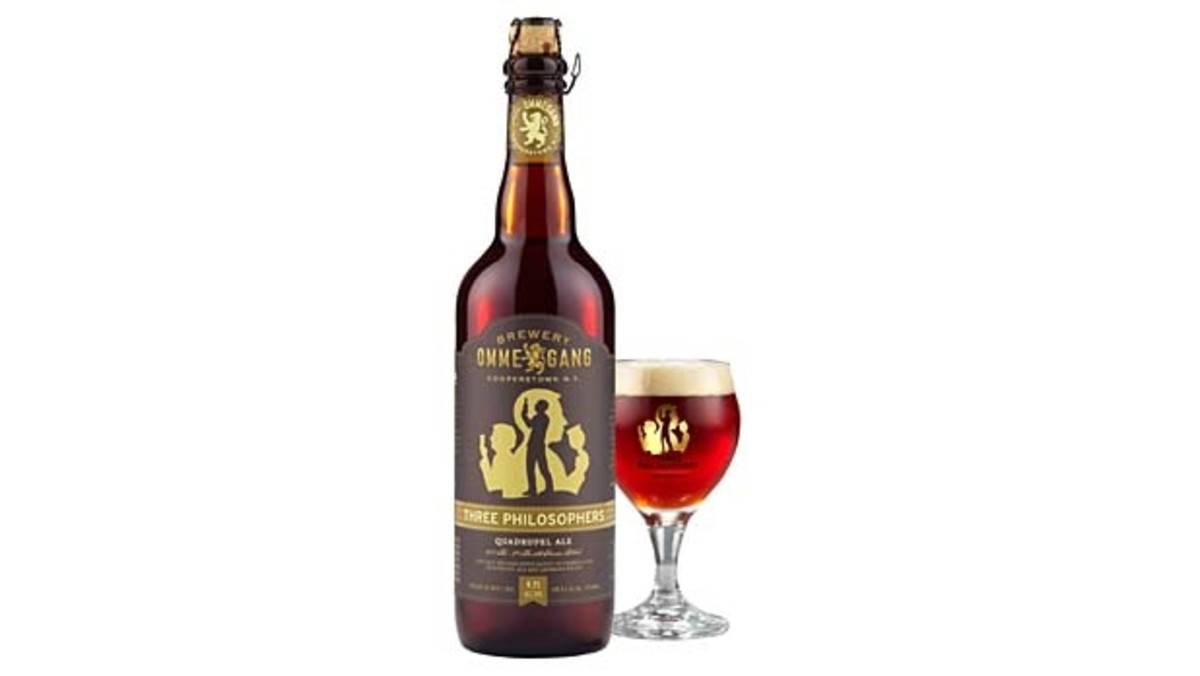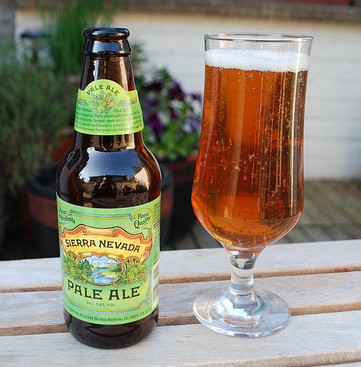Distillery Dynamics Unveiled: a Journey Via the Scientific Research and Art of Spirits Production
As the curtains are drawn back on the complex globe of distillery dynamics, a remarkable world arises where scientific research and art converge to produce the spirits we enjoy. The marriage of custom and development in spirits production unveils a tapestry woven with strings of workmanship and technical improvements.
The Chemistry of Purification
The chemistry of purification, a basic procedure in the manufacturing of spirits, entails the splitting up of elements based on their different boiling points. This procedure relies upon the concept that each part in a fluid blend has a special boiling factor, enabling for their individual removal. When heat is put on the mixture, the component with the most affordable boiling point will vaporize initially, climbing via the still and ultimately condensing back into fluid kind. This distilled liquid, known as the "heart cut," contains the wanted alcohol web content and flavor compounds.
During purification, three main fractions are obtained: the "heads," which have unstable compounds and greater alcohols that can be unsafe if consumed in big quantities; the "hearts," the treasured part with the wanted ethanol and taste profile; and the "tails," which are composed of much heavier substances and fusel alcohols. Competent distillers must meticulously keep an eye on the temperature and circulation prices to separate these portions effectively, making sure a premium final item. The chemistry of distillation is a delicate interplay of warmth, vaporization, and condensation that transforms a straightforward fluid mix right into a complex and refined spirit.
Artisanal Craftsmanship in Spirits Making
Among the world of spirits production, artisanal craftsmanship plays a pivotal function in raising the quality and personality of distilled beverages (Seawall Bar). Artisanal craft distillers concentrate on small-scale, hands-on production techniques, often utilizing conventional strategies that have actually been given via generations. These dedicated craftsmen and ladies focus on top quality over quantity, paying thorough interest to every action of the purification process
Artisanal craftsmanship in spirits making involves a deep understanding of the raw products made use of, such as botanicals, fruits, or grains, and how their qualities affect the end product. From picking the finest active ingredients to carefully keeping track of aging, fermentation, and distillation, craftsmens infuse their spirits with passion and know-how.
In addition, artisanal craft distillers commonly welcome testing and development, pushing the borders of traditional spirits manufacturing. They might introduce unique taste profiles by incorporating in your area sourced components or utilizing imaginative aging strategies. This commitment to creativity and quality cause spirits that are not just of phenomenal high quality however also display the creativity and individuality of the distiller.
Developments in Aging Techniques

One noticeable development acquiring grip is using smaller barrels for maturing spirits. By boosting the surface area-to-volume proportion, smaller barrels impart flavors more swiftly, bring about an extra you could look here intense growth process. This strategy is especially preferred among craft distillers looking for to generate high-quality spirits in a much shorter timeframe.
Moreover, distillers are significantly turning to alternate timber types, such as cherry or acacia, to pass on unique tastes to their aged spirits. These non-traditional timbers supply a distinct taste account, establishing their products apart in an open market.
Furthermore, advancements in technology have actually made it possible for distillers to explore sped up maturing techniques, such as ultrasound or temperature level and stress variants. These techniques allow for accurate control over the aging procedure, causing cutting-edge taste accounts that press the borders of traditional spirits production.

The Role of Yeast in Fermentation
An important part of the fermentation process in distilling is the duty played by yeast. Yeast, a single-celled microorganism, is vital in converting sugars into alcohol and co2 throughout fermentation. In the context of distilling spirits, yeast plays a critical duty in have a peek at this website the manufacturing of ethanol, which is the main alcohol in the majority of alcoholic beverages.
Yeast accomplishes this through the procedure of anaerobic respiration, where it metabolizes sugars such as glucose and fructose into ethanol and co2. Various strains of yeast can pass on special tastes and aromas to the final spirit, adding to the intricacy and personality of the distilled item. Distillers carefully select yeast stress based upon their wanted taste account and fermentation qualities.
The fermentation procedure can last anywhere from a couple of days to a couple of weeks, relying on factors such as yeast temperature level, sugar, and stress web content. Tracking and managing the fermentation process are necessary to ensure optimal yeast task and alcohol manufacturing. Overall, yeast is a fundamental player in the alchemical improvement of raw active ingredients into the spirited elixirs delighted in by Resources customers worldwide.
Lasting Practices in Distilleries
Distilleries are significantly identifying the relevance of adopting environmentally friendly measures throughout the production procedure. Distilleries call for considerable quantities of water for different phases of manufacturing, and executing water recycling systems or making use of rainwater harvesting strategies can considerably lower water usage and decrease the distillery's overall ecological footprint.
Distilleries are checking out ingenious means to repurpose byproducts such as invested grains or purification deposits, transforming waste right into sources through methods like animal feed production or composting. By welcoming lasting techniques, distilleries can not just decrease their ecological influence yet additionally allure to eco aware customers and contribute to a much more sustainable future for the market.
Final Thought
Finally, the complex dynamics of distillery operations include a combination of scientific principles and artistic craftsmanship. From the chemistry of distillation to the role of yeast in fermentation, distilleries are regularly introducing and exploring to develop top quality spirits. By integrating sustainable methods and accepting new aging methods, distilleries are forming the future of the market. The combination of tradition and development in spirits production highlights the intricacy and creative thinking entailed in this ancient craft.
As the drapes are attracted back on the elaborate globe of distillery dynamics, an interesting realm emerges where scientific research and art converge to produce the spirits we appreciate.The chemistry of purification, a fundamental procedure in the manufacturing of spirits, entails the separation of parts based on their different boiling factors.In addition, artisanal craft distillers usually accept trial and error and development, pushing the borders of conventional spirits manufacturing. In the context of distilling spirits, yeast plays a critical role in the manufacturing of ethanol, which is the primary alcohol in the majority of alcoholic beverages.
From the chemistry of distillation to the function of yeast in fermentation, distilleries are constantly introducing and experimenting to produce high-quality spirits.
Comments on “Explore Premium Galveston Whiskey: Top Picks and Distilleries”